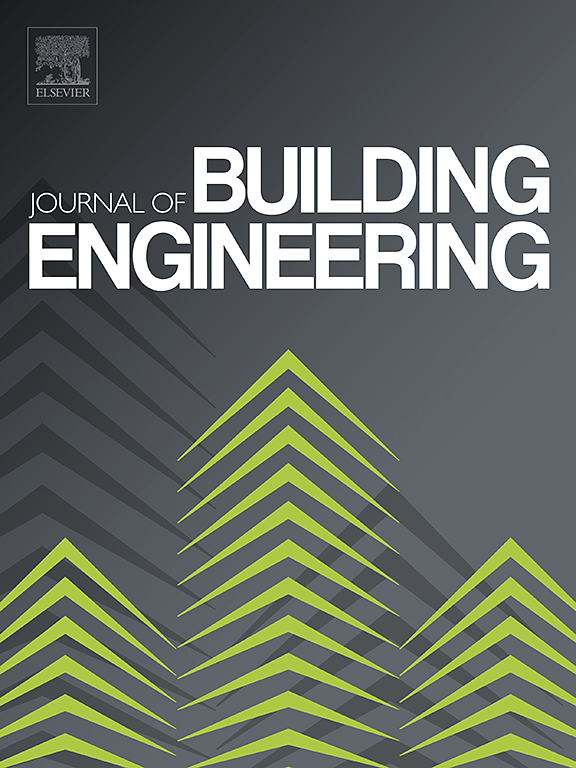AI-driven multi-algorithm optimization for enhanced building energy benchmarking
IF 6.7
2区 工程技术
Q1 CONSTRUCTION & BUILDING TECHNOLOGY
引用次数: 0
Abstract
The building sector accounts for 39.7% of global energy consumption and 42% of carbon emissions, highlighting the need for improved energy efficiency. While data-driven energy benchmarking is vital for conservation, current approaches face key challenges: limited datasets, suboptimal prediction algorithms, and inadequate scoring systems. This study proposes an AI-driven benchmarking framework using a dataset from 13 U.S. cities across nine climate zones. 12 state-of-the-art algorithms are evaluated for energy prediction accuracy across building types and climates. Based on the evaluations, a Multi-Algorithm Prediction (MAP) framework is introduced, which dynamically selects the most suitable model for energy prediction according to specific building types and climate zones. Moreover, to enhance the scoring system, this study refines peer-grouping by applying K-Means clustering using essential building attributes. It implements a dual-factor scoring system balancing both site and source energy performance. Results show that algorithm performance varies significantly by building type and climate zone. Using MAP for energy prediction can achieve 9.33–63.27% greater accuracy compared to single-model predictions. The modified scoring results are sensitive to the value of the balancing factor, particularly for buildings with mid-range performance. A balancing factor of 0.5 yields statistically balanced outcomes. This study enhances the reliability and effectiveness of building benchmarking by (1) improving energy prediction through MAP based on a comprehensive dataset, (2) enhancing peer-group reliability, and (3) offering insights into the impacts of integrating site and source energy performance in scoring.
求助全文
约1分钟内获得全文
求助全文
来源期刊

Journal of building engineering
Engineering-Civil and Structural Engineering
CiteScore
10.00
自引率
12.50%
发文量
1901
审稿时长
35 days
期刊介绍:
The Journal of Building Engineering is an interdisciplinary journal that covers all aspects of science and technology concerned with the whole life cycle of the built environment; from the design phase through to construction, operation, performance, maintenance and its deterioration.
 求助内容:
求助内容: 应助结果提醒方式:
应助结果提醒方式:


